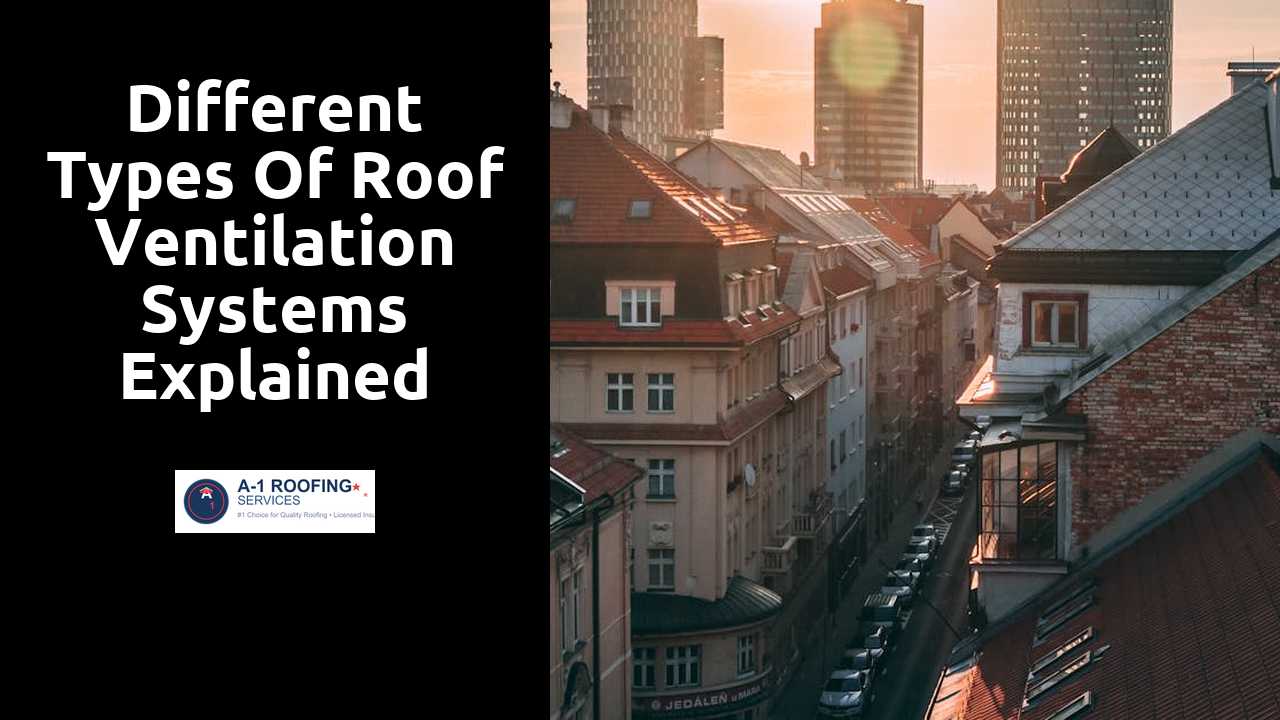
Different Types of Roof Ventilation Systems Explained
Table Of Contents
Gable Ventilation
Gable ventilation involves installing vents at the peak of a gable roof. This design allows hot air to escape from the attic, promoting better airflow throughout the entire space. Gable vents can be fixed or adjustable. They work effectively in conjunction with other types of ventilation systems to enhance overall roof performance.
The effectiveness of gable vents is particularly evident in warmer climates where excess heat build-up can lead to temperature issues within the home. Properly positioned gable vents facilitate natural convection. Cool air enters through soffit vents while warm air exits through the gable openings. This dual flow helps maintain a balanced temperature and improves energy efficiency within the property.
Here is a great resource for anyone looking to expand on this topic.
Effectiveness of Gable Vents
Gable vents provide a straightforward and effective way to promote airflow in attics and roof spaces. Their design allows for air intake and exhaust, aiding in maintaining cooler temperatures during hot months. Typically installed at the peak of a roof's gable, these vents work by creating a natural flow of air, drawing cool air in from outside and expelling warm, stagnant air from within.
The effectiveness of gable vents largely depends on their size and placement. Properly sized vents can significantly enhance ventilation, provided they are installed in tandem with other ventilation systems. They are especially beneficial in homes with sufficient ridge and soffit vents, as this combination can facilitate optimal air circulation throughout the attic space.
Turbine Ventilation
This ventilation system relies on a series of metal or plastic turbines mounted on the roof. As the wind blows, these turbines spin and create a vacuum effect that helps to expel hot, stale air from the attic. By promoting air circulation, turbinate vents can significantly lower attic temperatures during hotter months. This not only makes living spaces more comfortable but also reduces the risk of heat-related damage to roofing materials.
Many homeowners appreciate the energy efficiency associated with turbine ventilations. They operate without electricity, relying solely on wind power, which minimizes utility costs. Their design allows them to be effective in various weather conditions, making them a versatile option for many climates. Additionally, they often come with weather-resistant features to prevent rain and debris from entering the attic space.
Advantages of Using Turbine Vents
Turbine vents offer several benefits that enhance roof ventilation effectiveness. They utilize wind power to create a vacuum, allowing hot air to escape from the attic space. Unlike passive vents, turbine vents actively draw out moisture-laden and heated air, which can help in maintaining a cooler temperature inside the home during warmer months. This can significantly reduce the need for air conditioning, leading to lower energy bills.
Another advantage of turbine vents is their ability to function even on calm days. The design and engineering of these vents allow them to extract air from the attic without relying solely on external winds. This feature ensures consistent performance in various weather conditions, contributing to an improved indoor climate. Additionally, turbine vents are typically made from durable materials, making them resistant to harsh weather elements over time.
Power Roof Vents
Electric-powered roof vents offer efficient ventilation by actively removing hot air from the attic space. These systems typically feature a built-in motor that operates in response to temperature or humidity levels. As attic temperatures rise, the motor engages, pulling stale air out and creating a negative pressure that draws fresh air in through soffit vents or other intake points.
One of the notable benefits of power roof vents is their ability to function regardless of outdoor conditions. This allows for consistent air exchange, crucial in preventing moisture buildup and reducing heat-related stress on roofing materials. Homeowners seeking improved energy efficiency and preservation of their roofing system may find power roof vents to be an effective solution.
Understanding Electric Ventilation Systems
Electric roof ventilation systems operate using powered fans to enhance airflow in attics and roof spaces. These systems can be activated automatically based on temperature or humidity levels, ensuring that hot air is expelled efficiently. By adjusting ventilation according to environmental conditions, they help to maintain a consistent temperature throughout the home.
One of the significant benefits of electric roof vents is their ability to provide consistent performance regardless of external weather conditions. Homeowners benefit from reduced moisture buildup and improved energy efficiency. Properly installed electric ventilation can also prolong the lifespan of roofing materials by preventing heat damage and eliminating mold growth.
Related Links
Installation Steps for Ridge Vents in Roof SystemsHow to Choose the Right Ventilation System for Your Roof